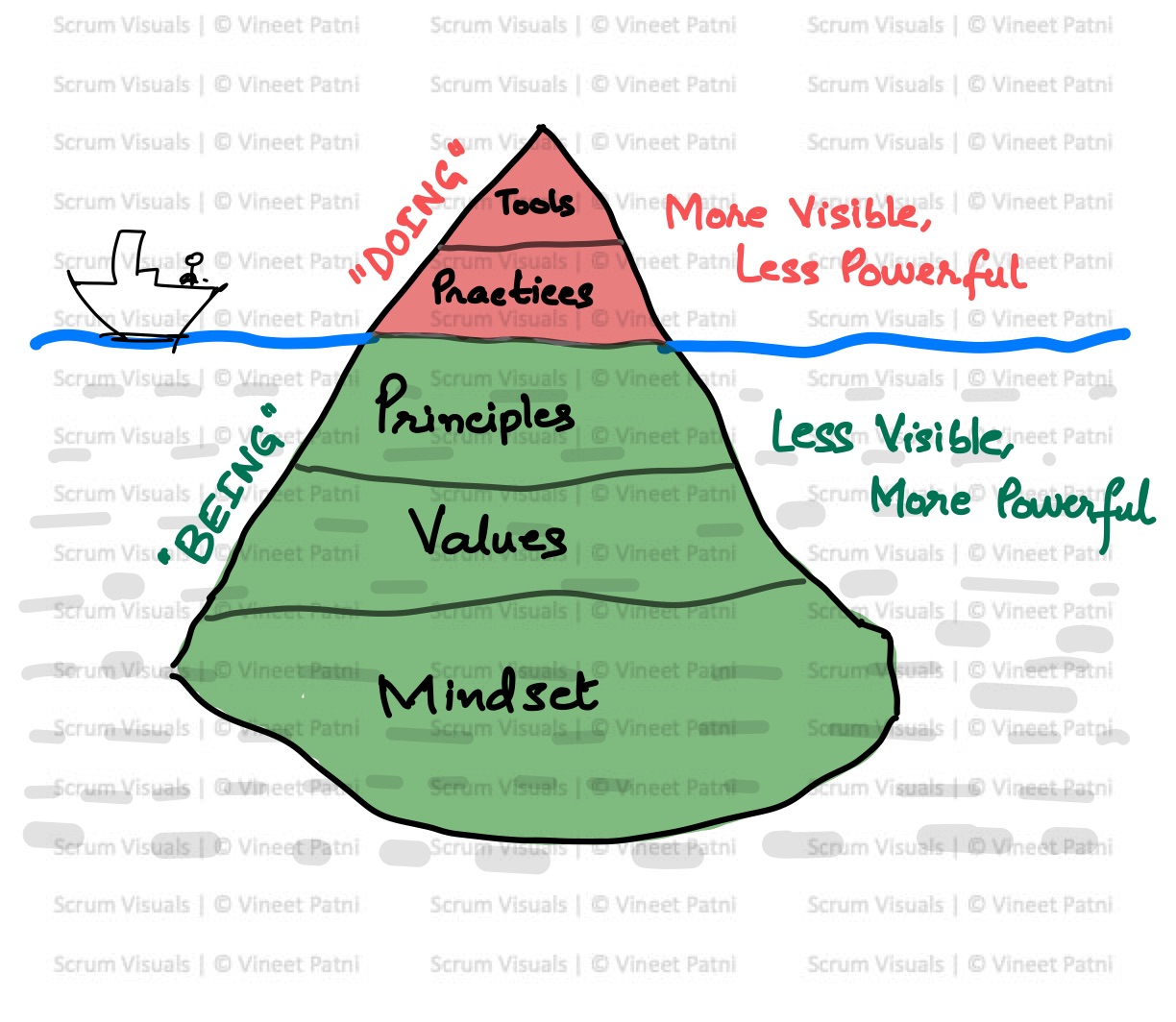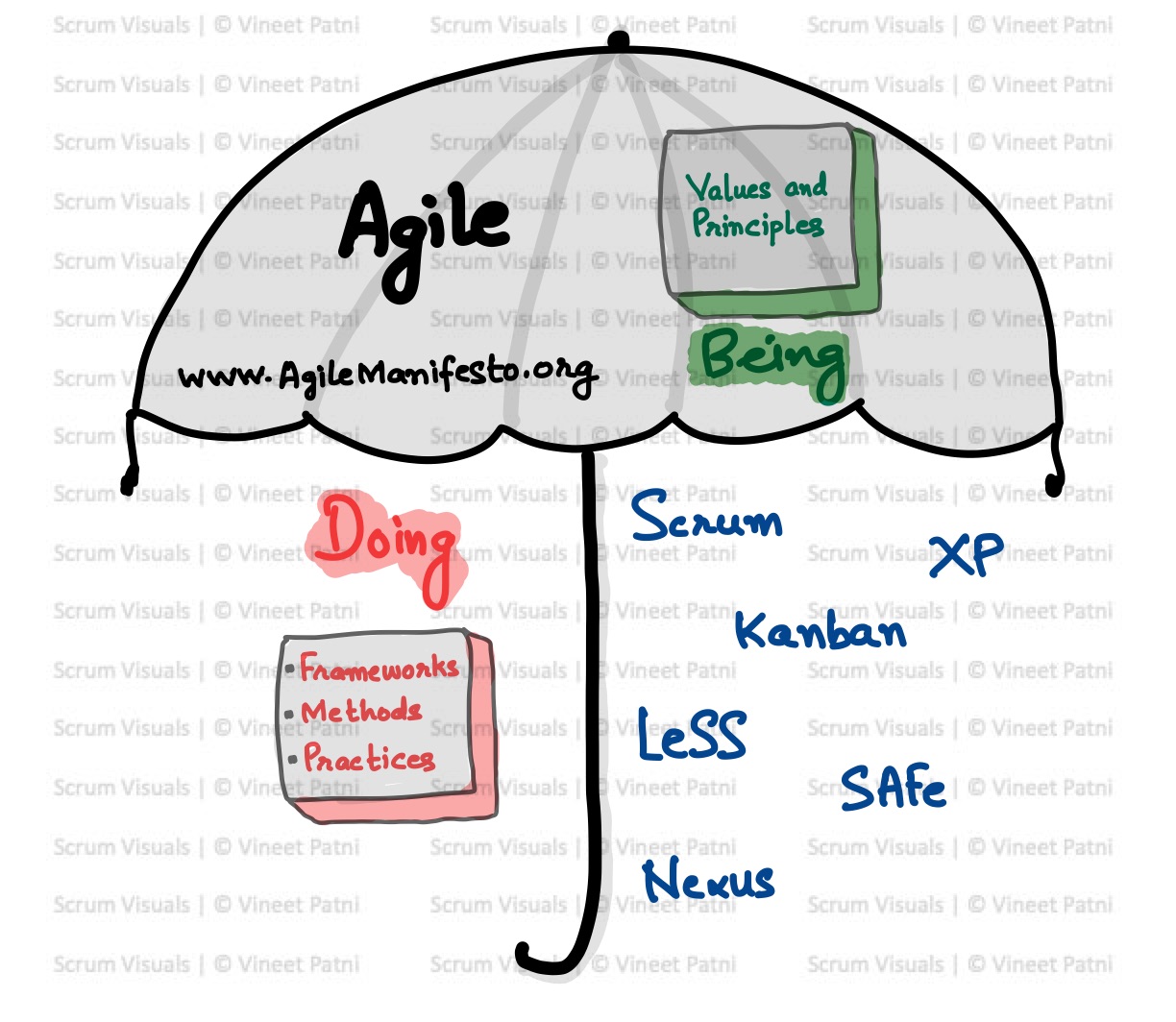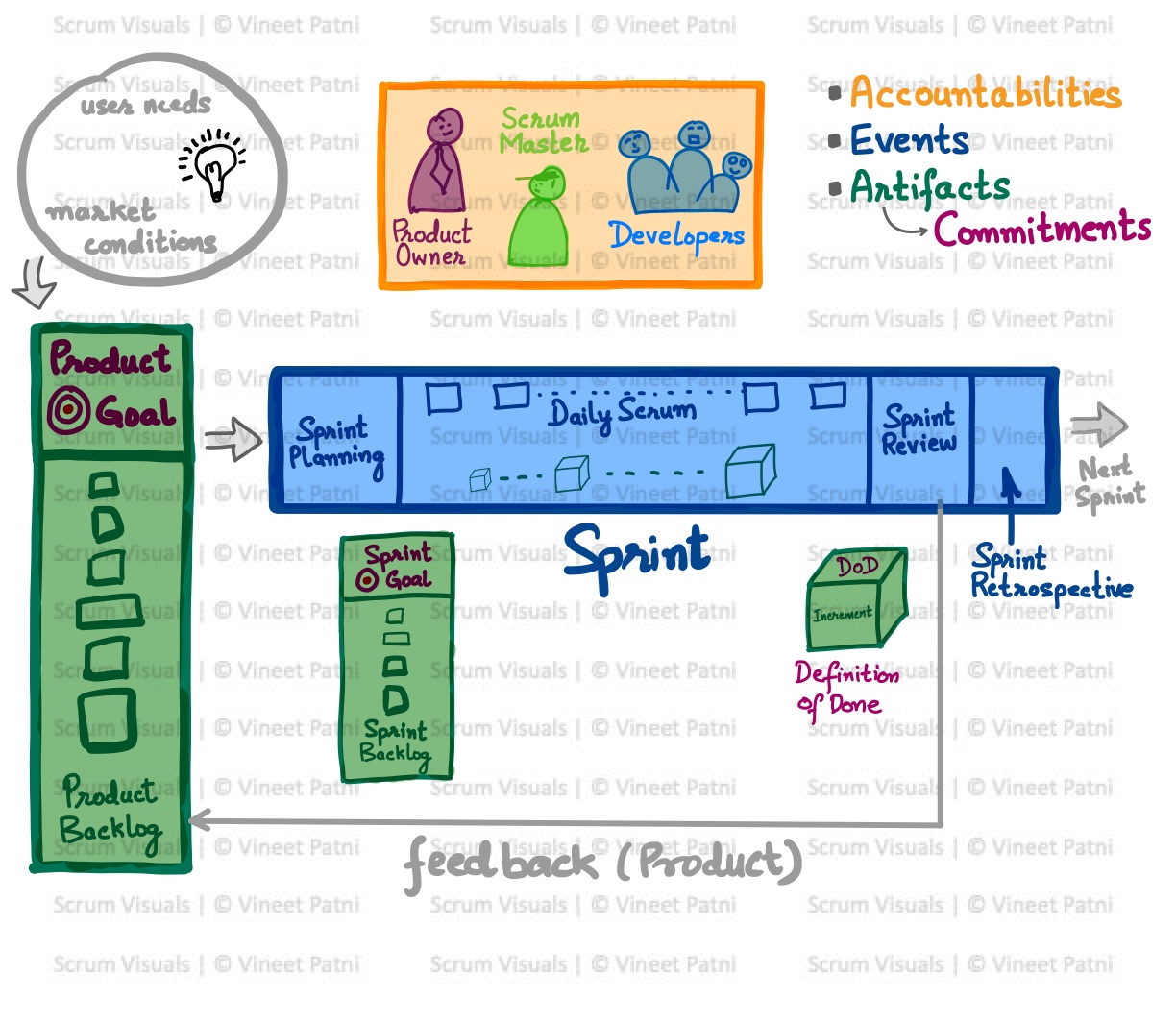The Ultimate Guide to AI-Driven Product Planning and Smart Roadmaps
The product roadmap is evolving — from a static document to a dynamic, data-driven decision system powered by AI.
In the traditional product development cycle, roadmaps were treated like gospel — rigid timelines, fixed features, and annual planning rituals. But in today’s fast-moving, uncertain markets, this static approach often breaks down.
Enter AI-driven product planning: a new paradigm where roadmaps aren’t just built — they’re recommended, refined, and reimagined in real time using data and machine learning.
This transformation isn’t just about speed. It’s about agility, alignment, and intelligence.
The Evolution of the Product Roadmap
Let’s look at how product planning has shifted over time:
| Era | Style | Challenge |
| Pre-Agile | Waterfall-based, feature-heavy | Inflexible, slow to adapt |
| Agile Era | Iterative, sprint-based | Better speed, but still reactive |
| Modern Product Management | OKR-aligned, outcome-driven | Better focus, but often lacks real-time data |
| AI Era | Dynamic, data-powered recommendations | Predictive, intelligent, adaptive |
Today, AI is helping product leaders move from guesswork to guidance — enabling continuous planning that evolves with users and the market.
How AI Is Transforming Product Planning
1. Dynamic Prioritization with Real-Time Data
Instead of manually re-ranking backlogs, AI models can now process inputs like:
- Customer feedback
- Usage analytics
- Support tickets
- Market trends
- Development velocity
…and recommend what to build next.
Example: AI notices that power users frequently drop off during a specific workflow. It flags the issue and suggests prioritizing a UX enhancement.
2. Personalized Roadmaps by Persona or Segment
Different user segments have different needs — AI can help create micro-roadmaps for each.
Example: For a productivity app, AI recommends one roadmap for enterprise admins (focused on security features) and another for freelancers (focused on customization).
3. Predictive Impact Modeling
AI can forecast how certain features will impact:
- Retention
- Revenue
- Net Promoter Score (NPS)
- Engagement
Example: A new onboarding flow is simulated to show a potential 12% increase in Day-7 retention. That insight helps Product Managers justify investment.
4. AI-Assisted OKR Alignment
By integrating with tools like Jira, Amplitude, or Productboard, AI can recommend product initiatives that map directly to quarterly OKRs.
Example: You set an OKR to increase mobile app engagement. AI suggests optimizing push notification frequency based on behavioral data.
5. Reducing Roadmap Bloat
AI helps eliminate noise by:
- Flagging low-impact ideas
- Detecting duplicates
- Suggesting backlog cleanup
This keeps product plans lean, focused, and high-value.
Tools That Are Leading This Shift
| Tool | AI Features | Use Case |
| Product board | AI-backed prioritization | Strategic road mapping |
| Dragonboat | Portfolio-level AI suggestions | OKR-aligned planning |
| Craft.io | AI insights from feedback | Cross-team visibility |
| ClickUp AI | Smart updates & summaries | Planning collaboration |
| Airfocus AI | Automated scoring & prioritization | Outcome-first roadmaps |
Roadmaps as Living Systems
With AI, product roadmaps are no longer static timelines. They become living systems that:
- Learn from user behavior
- Adjust to changing strategy
- Prioritize based on outcomes
- Communicate insights in real time
This is a shift from planning as an exercise to planning as a continuous conversation — powered by data and augmented by AI.
What Product Leaders Need to Do
To embrace this shift, Product Managers and Heads of Product must:✅ Invest in AI-aware product tools
✅ Learn prompt engineering for smarter AI collaboration
✅ Reframe planning as a real-time, adaptive process
✅ Keep the focus on user value and outcomes, not output
✅ Maintain human judgment — AI is a co-pilot, not a decision-maker
The Future of Product Planning Is Proactive
With AI, product teams can stop reacting and start anticipating.
Roadmaps will no longer say “here’s what we hope to do” — they’ll say “here’s what we should do next, and why.”
The role of the Product Manager? To curate, challenge, and coach — not just to create lists of features.











